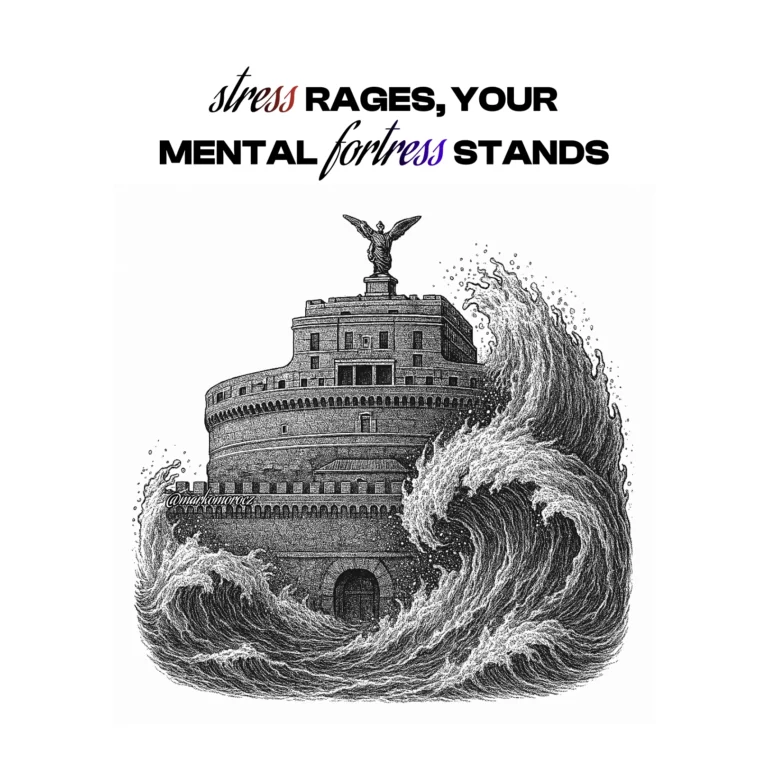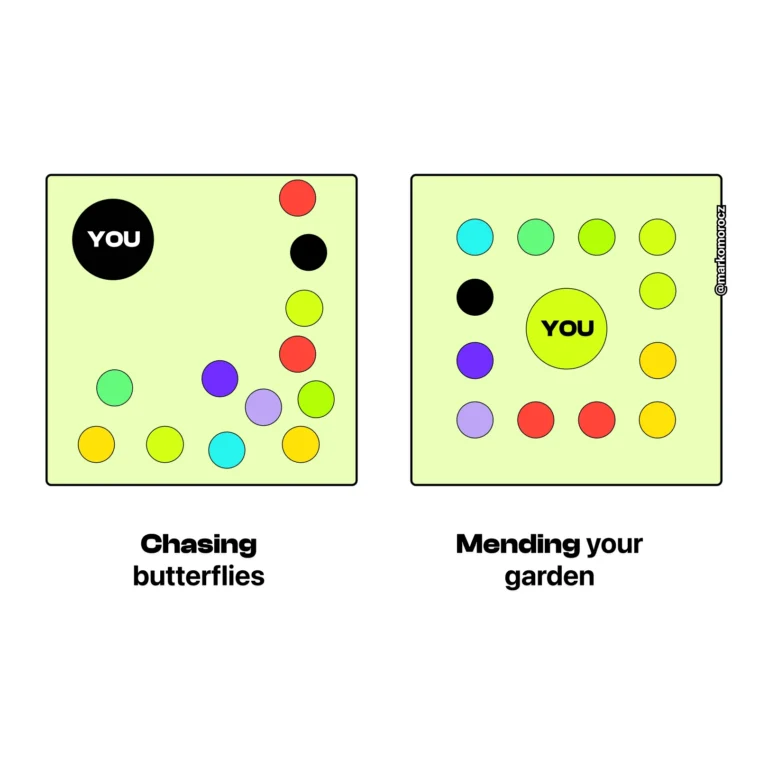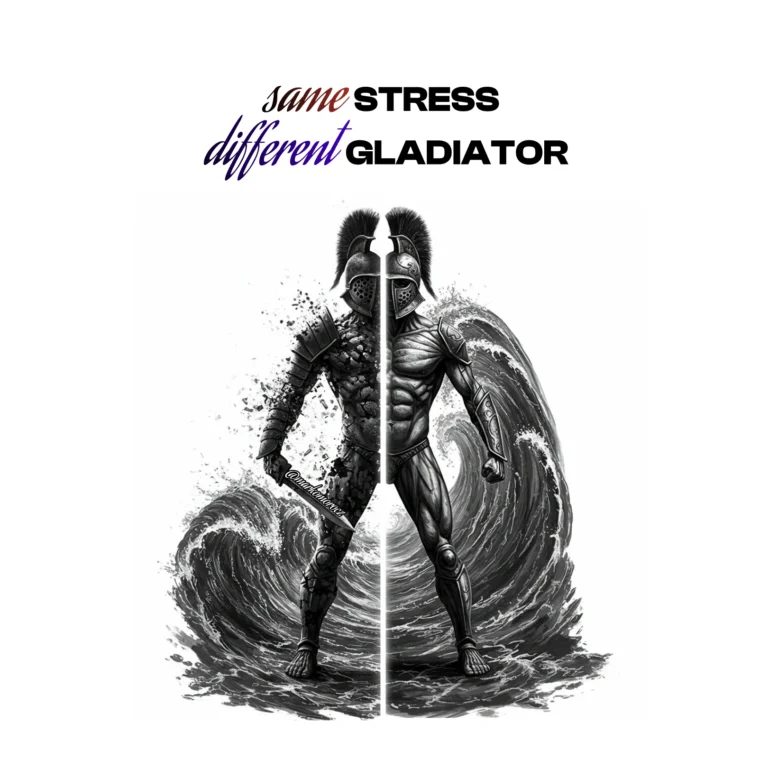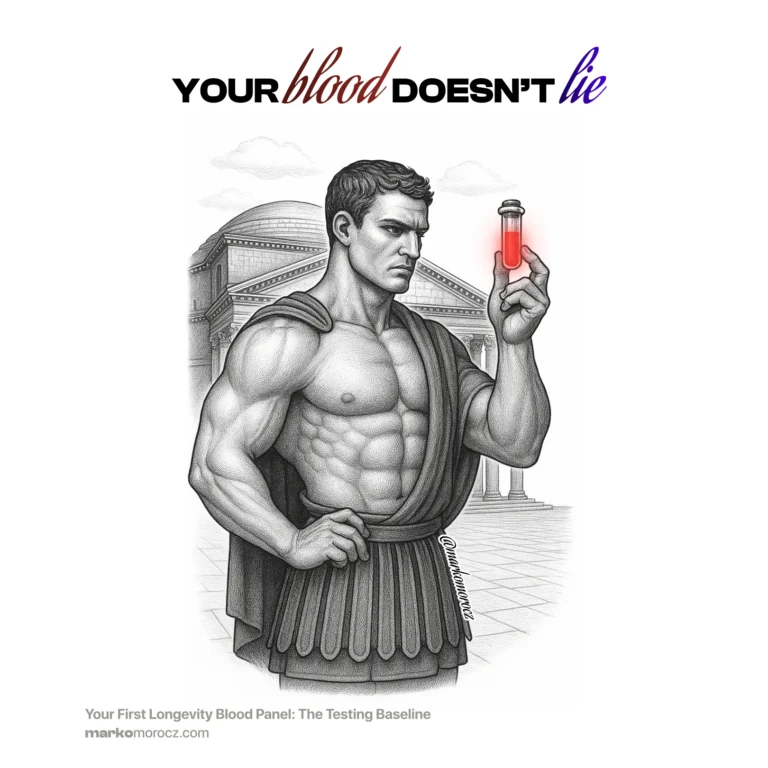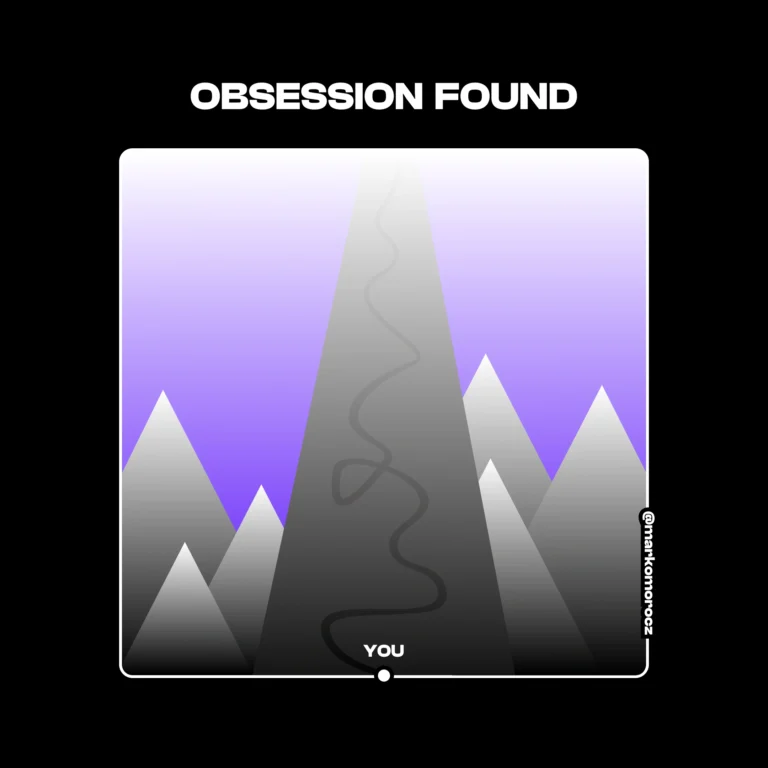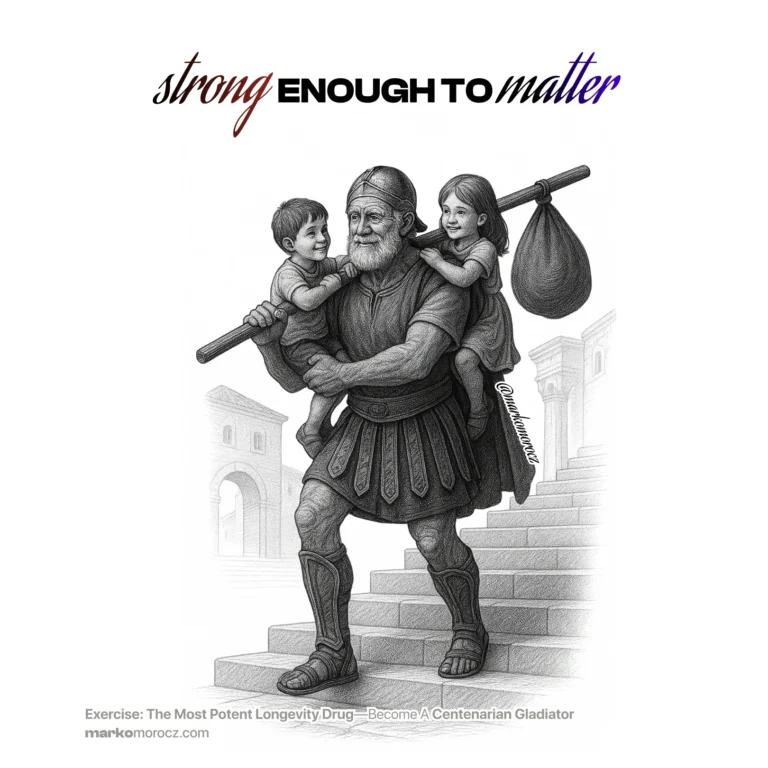Finding Your Ikigai: The Ultimate Stress Shield
Purpose isn’t a luxury. It’s armor.
People with clear purpose show 23% lower all-cause mortality.1 That’s not spiritual woo-woo. That’s hard science.
When you know WHY you’re fighting, you can endure almost any HOW.
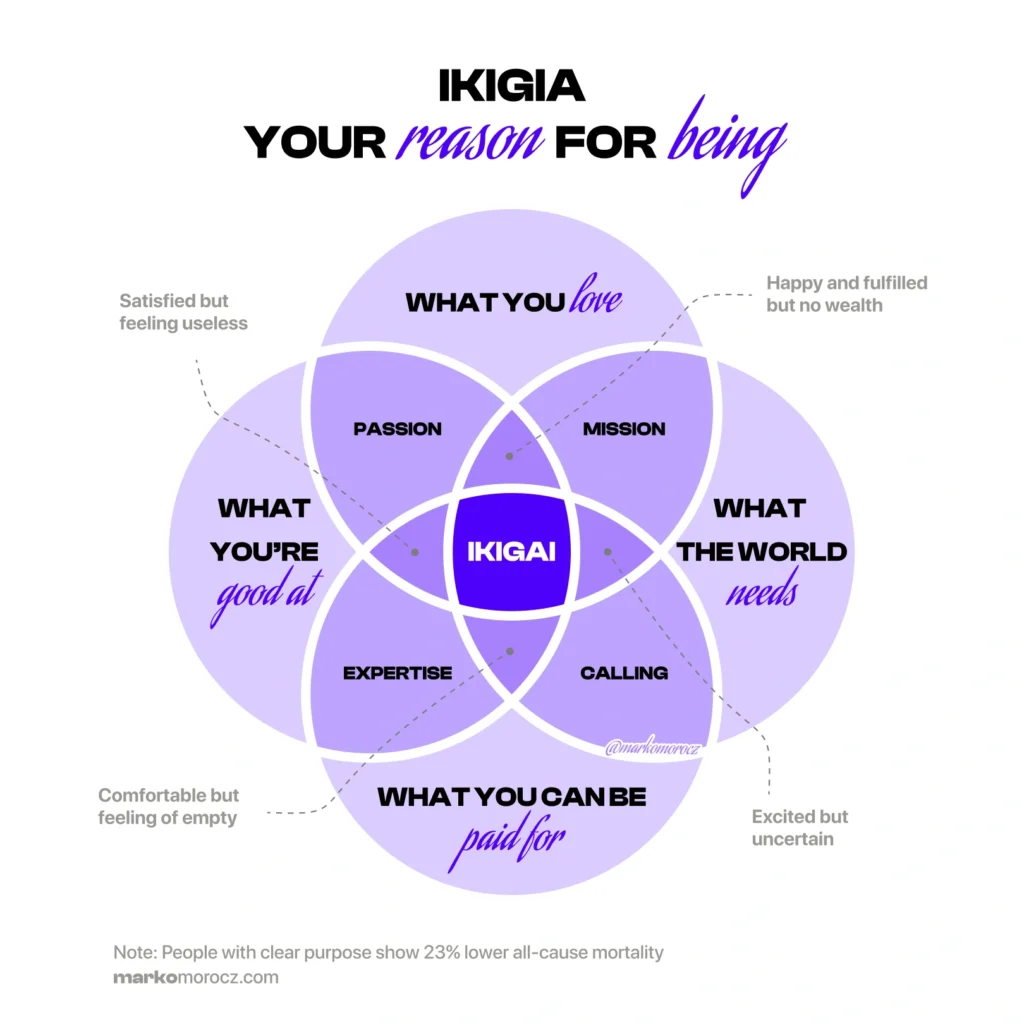
The Ikigai Advantage: Japanese Longevity Secret
The Japanese concept of Ikigai, “reason for being”, is more than a feel-good philosophy. It’s a stress management superpower. People with strong purpose show 25-30% lower stress-related inflammatory markers.2
In Okinawa, home to the world’s highest concentration of centenarians, Ikigai is considered essential to longevity.
Research shows that a strong purpose correlates with:
Why? Because purpose creates coherence. And coherence is the antidote to stress.
The Four Dimensions of Ikigai: Finding Your Center
True Ikigai sits at the intersection of four elements:
- What you LOVE (passion)
- What you’re GOOD AT (expertise)
- What the world NEEDS (mission)
- What you can be PAID FOR (calling)
Most people optimize for just one or two.
But true stress resilience comes from alignment across all four.
The Purpose-Stress Connection: Why It Matters
When you lack purpose, every obstacle feels like an existential threat.
When you have purpose, obstacles become growth opportunities.
The difference? Context.
Purpose provides context. It transforms random suffering into meaningful challenge. Viktor Frankl, Holocaust survivor and psychiatrist, put it bluntly: “Those who have a ‘why’ to live can bear almost any ‘how’.”
Science confirms his observation.
In a Stanford study, participants who reflected on their core values before a stressful task showed 40% lower cortisol response than those who didn’t.6
Purpose doesn’t eliminate stress. It transforms it.
Building Your Personal Ikigai: The 4-Step Process
Finding your Ikigai isn’t about mountaintop revelation. It’s methodical exploration.
Here’s my proven system:
Step 1: Passion Mapping (What You Love)
Ask yourself:
- What activities make time disappear?
- What topics you read about voluntarily?
- What would you do if you won the lottery every day forever?
- What did you love doing as a child?
The key: Look for patterns, not individual activities.
Example: I loved building things, solving health puzzles, and sharing knowledge. The common thread? Creative problem-solving in health optimization.
Step 2: Strength Inventory (What You’re Good At)
Ask yourself:
- What feels like play to you but seems like work for others?
- What do people consistently compliment you on?
- What have you been recognized for professionally?
- What skills have you developed to a high level?
Don’t just list obvious skills. Dig deeper for meta-skills.
Example: Beyond writing well, I recognized I’m skilled at distilling complex information into actionable frameworks. That’s my true strength.
Step 3: Market Analysis (What You Can Be Paid For)
Ask yourself:
- Which of your skills are economically valuable?
- Where is a growing demand in the market?
- How can your unique combination of skills command premium value?
- What problems are people willing to pay to solve?
This isn’t about “selling out.” It’s about sustainability.
Example: I realized people would pay for clarity in the confusing world of longevity and health optimization—my technical knowledge had market value.
Step 4: Impact Assessment (What the World Needs)
Ask yourself:
- What problems break your heart?
- What change would you like to see before you die?
- Whose suffering do you feel called to alleviate?
- What contribution feels meaningful beyond yourself?
This is where purpose transcends personal satisfaction.
Example: I saw people wasting their potential because of poor health and unclear thinking. Solving this became my mission.
The Ikigai Intersection: Finding Your Center
Your true Ikigai lies at the intersection of all four elements.
But here’s the truth—perfect intersection is rare. Most people need to build bridges between elements.
Example intersections:
- Passion + Strength: What you love and do well
- Strength + Market: What you’re good at that pays
- Market + Mission: What pays that helps others
- Mission + Passion: What helps others that you love
The more overlap you create, the stronger your purpose becomes.
The Goal Hierarchy: Strategic Purpose Alignment
Purpose without structure becomes chaos.
Enter the Goal Hierarchy framework from Angela Duckworth’s research on grit and achievement.7 Think of it as your purpose architecture—a mental skyscraper where each floor supports what’s above it.
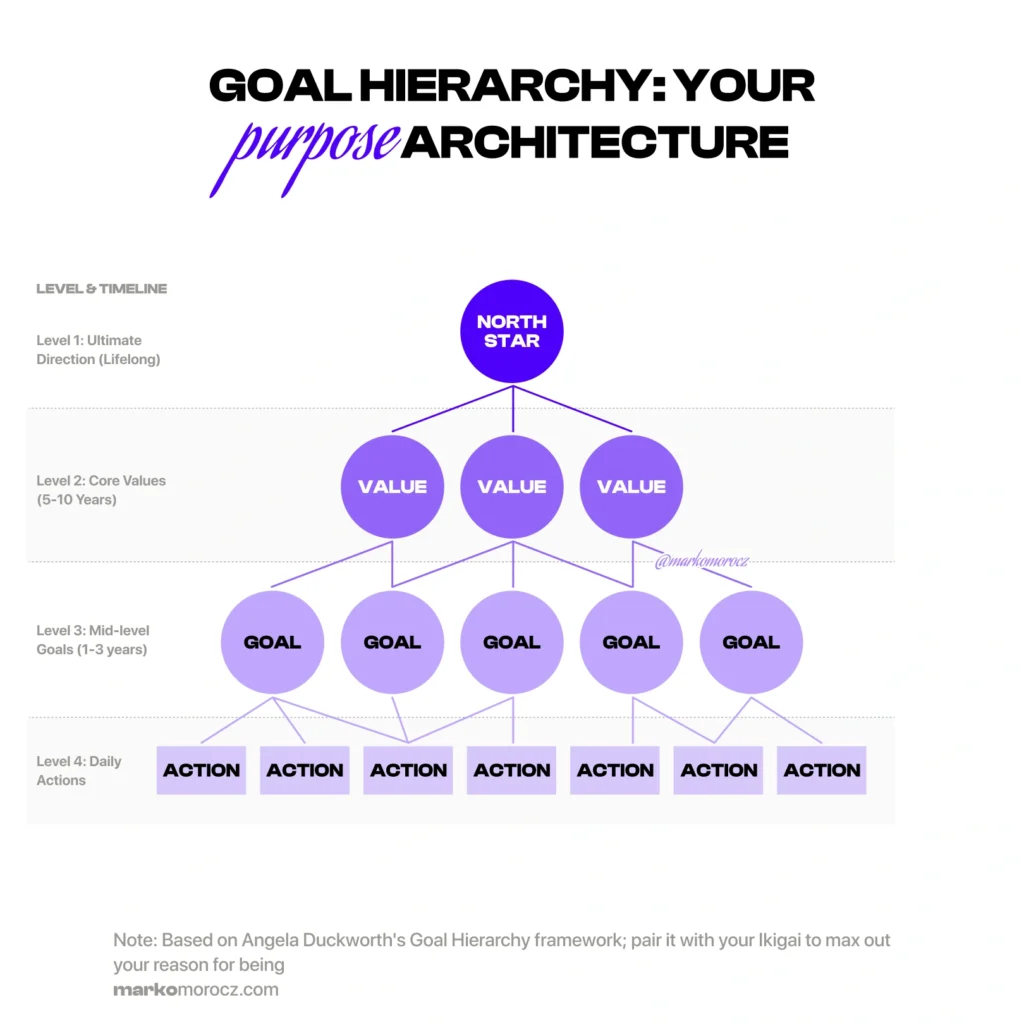
Level 1: Ultimate Life Direction (Your North Star)
This is the pinnacle of your purpose—your reason for being. It’s singular, abstract, and transcends any specific achievement. It doesn’t change with circumstances; rather, it guides you through them.
For example: “To optimize human potential through health mastery.” This north star illuminates every decision below it, creating coherence in chaos.
Level 2: Core Values (Your Operating System)
Your values are the operating system through which your purpose runs. These 3-5 principle-based commitments determine how you’ll pursue your purpose—not just what you’ll achieve, but how you’ll achieve it.
These aren’t just words on a page. They’re decision filters that simplify complexity.
For example: Values like “Evidence-based approaches,” “Radical transparency,” and “Consistency over intensity” eliminate thousands of potential paths that don’t align.
Level 3: Mid-Level Goals (Your Strategic Objectives)
This is where purpose becomes tangible—5-7 significant milestones that move you toward your ultimate direction. These are your 1-3 year achievements, measurable and meaningful.
For example: Strategic objectives like “Create comprehensive longevity blueprint” and “Build online community of 10,000 health optimizers” aren’t just tasks—they’re bridges between daily actions and lifelong purpose.
Level 4: Low-Level Actions (Your Daily Tactics)
The foundation of your hierarchy is what you do each day. These specific, detailed actions might seem small in isolation, but they’re the building blocks of everything above them.
For example: “Write 500 words on stress management daily” seems modest until you realize it’s 182,500 words in a year—enough for two full books. “Track HRV every morning” isn’t just data collection; it’s the cornerstone of physiological self-awareness.
Without this hierarchy, purpose becomes vague inspiration instead of concrete direction. With it, stress decreases because decisions become simpler—they either align with your hierarchy or they don’t.
In the face of uncertainty, clarity is power. And the Goal Hierarchy is clarity crystallized.
Vision Creation: Making Your Purpose Tangible
Abstract purpose must become concrete vision. Your mind needs vivid images, not just concepts.
Three powerful techniques:
1. Future Self-Dialogue
- Write letters between present and future self
- Ask your 80-year-old self for guidance
- Detail what you want to remember at life’s end
- Create conversation between selves 10 years apart
This isn’t imagination—it’s strategic visualization.
Research shows future self-connection increases persistence by 40% and reduces impulsivity by 30%.8
2. Visual Vision Board Creation
Not the fluffy Pinterest kind. Strategic visualization:
- Select 5-7 core elements of your ideal future
- Find/create images representing each element
- Arrange with your Ikigai statement at center
- Place where you’ll see it daily
- Review purposefully, not passively
Elite athletes use visualization for performance enhancement. You can use it for stress reduction.
Open a notebook, Canva, Miro, or my favorite, Figma. Make a brain dump of what you want. Don’t filter yet. Then brutally cut it down to what actually moves the needle. Quality over quantity. One powerful vision board beats a dozen mediocre ones.
The goal isn’t art—it’s mental programming. Make it bold. Make it yours. Make it work.
3. Deliberate Mental Rehearsal
- Create detailed mental movies of successful future scenarios
- Include all sensory elements
- Practice navigating obstacles in imagination
- Establish clear emotional states you want to embody
When stressful situations appear in real life, your brain recognizes them as “pre-solved” and responds with less alarm.
The Purpose Paradox: Why Most People Get It Wrong
Most people believe:
Purpose → Achievement → Fulfillment → Stress Reduction
But the reality is:
Purpose → Coherence → Stress Reduction → Achievement → Fulfillment
Purpose doesn’t eliminate challenges. It makes them meaningful.
It’s not about making life easier. It’s about making difficulty worthwhile.
The Blue Zones Connection: Purpose in the World’s Longevity Hotspots
In the Blue Zones—regions with the highest concentrations of centenarians—purpose is non-negotiable:
- Okinawans call it “Ikigai”
- Nicoyans call it “Plan de Vida”
- Sardinians embody it in family roles
- Ikarians find it in community contribution
- Loma Lindans derive it from service
What’s remarkable isn’t just that these people have purpose—it’s how simple their purposes often are.
Family. Community. Contribution. Craft.
Purpose doesn’t need to be grand to be effective.
My Personal Ikigai: Health as the Performance Foundation
My own Ikigai centers on using health as the engine for performance and longevity.
- What I love: Optimizing systems, pushing boundaries, sharing discoveries
- What I’m good at: Distilling complex information, tracking metrics, building frameworks
- What the world needs: Clarity amidst health confusion, preventative approaches to disease
- What I can be paid for: Guidance through health optimization, frameworks for performance
The result? A purpose that energizes instead of depletes.
Stress doesn’t disappear, but it transforms from burden to fuel.
Creating Your Purpose Protocol: Next Steps
- Complete the Ikigai Mapping Exercise
- Answer all questions from the four dimensions
- Look for patterns and overlaps
- Draft your initial Ikigai statement (will refine over time)
- Build Your Goal Hierarchy
- Start at the top (North Star)
- Work down to daily actions
- Ensure vertical alignment between levels
- Create Your Vision Assets
- Choose one visualization technique
- Practice it daily for 5-10 minutes
- Refine as insights emerge
- Test In Real Conditions
- Notice stress response in challenging situations
- Reconnect to purpose consciously
- Observe changes in physiological response
Purpose isn’t a destination. It’s an ongoing practice.
But once established, it becomes your ultimate stress shield—protecting not by eliminating challenges, but by making them meaningful. And in the battle against stress, meaning isn’t just helpful.
It’s everything.
References
- Cohen, R., Bavishi, C., & Rozanski, A. (2016). “Purpose in Life and Its Relationship to All-Cause Mortality and Cardiovascular Events: A Meta-Analysis.” Psychosomatic Medicine, 78(2), 122-133. ↩︎
- Alimujiang, A., Wiensch, A., Boss, J., Fleischer, N. L., Mondul, A. M., McLean, K., Mukherjee, B., & Pearce, C. L. (2019). Association between life purpose and mortality among US adults older than 50 years. JAMA Network Open, 2(5), e194270. ↩︎
- Kim, E. S., Sun, J. K., Park, N., & Peterson, C. (2013). “Purpose in life and reduced incidence of stroke in older adults: The Health and Retirement Study.” Journal of Psychosomatic Research, 74(5), 427-432. ↩︎
- Kim, E. S., Sun, J. K., Park, N., Kubzansky, L. D., & Peterson, C. (2013). “Purpose in life and reduced risk of myocardial infarction among older U.S. adults with coronary heart disease: a two-year follow-up.” Journal of Behavioral Medicine, 36(2), 124-133. ↩︎
- Yu, L., Boyle, P. A., Wilson, R. S., Levine, S. R., Schneider, J. A., & Bennett, D. A. (2015). “Purpose in life and cerebral infarcts in community-dwelling older people.” Stroke, 46(4), 1071-1076. ↩︎
- Creswell, J. D., Welch, W. T., Taylor, S. E., Sherman, D. K., Gruenewald, T. L., & Mann, T. (2005). “Affirmation of personal values buffers neuroendocrine and psychological stress responses.” Psychological Science, 16(11), 846-851. ↩︎
- Duckworth, A. (2016). “Grit: The Power of Passion and Perseverance.” Scribner/Simon & Schuster. Chapter 8: “Purpose.” ↩︎
- Hershfield, H. E., Goldstein, D. G., Sharpe, W. F., Fox, J., Yeykelis, L., Carstensen, L. L., & Bailenson, J. N. (2011). “Increasing saving behavior through age-progressed renderings of the future self.” Journal of Marketing Research, 48(SPL), S23-S37. ↩︎
Got insights about your own Ikigai? Drop them below—I’d love to hear what you obsess on!
